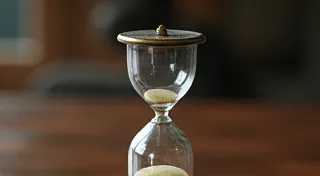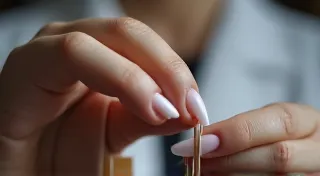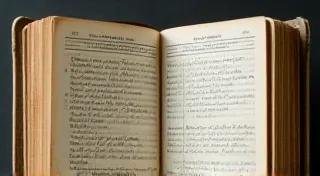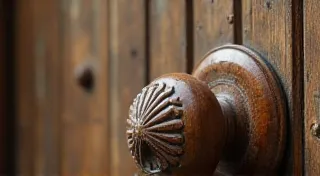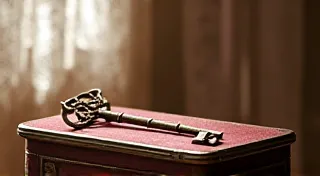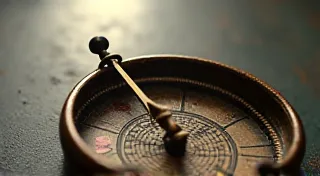The Gilded Cage: How Perceived Value Shapes Collecting
There’s a certain hush that falls when you hold a vintage coin purse in your hand. It’s not just the tactile sensation of aged leather or the delicate clink of metal hardware; it’s a feeling of connection, a whisper of a past life held within a small, often overlooked object. We, as collectors, are drawn to these objects for reasons that often transcend their practical purpose. We aren't simply acquiring a container for loose change; we're acquiring a piece of history, a fragment of someone else's story. But what truly dictates the value we place on these treasures? It’s a question that leads us into a fascinating exploration of psychology, history, and the often-elusive nature of perceived worth.
My own journey into collecting began with a simple curiosity. I stumbled upon a small, beaded coin purse at a flea market, its colours muted with age. It was tucked away beneath a pile of linens, almost forgotten. Something about its quiet elegance, its fragile beauty, drew me in. I bought it for a few dollars, more out of a feeling of rescuing it than a calculated investment. It wasn't particularly rare or in pristine condition, but it spoke to me. That single purchase opened a door, leading me down a path filled with intricate designs, unexpected stories, and a deepening appreciation for the artistry of a bygone era.
The Echoes of Craftsmanship
The craftsmanship inherent in vintage coin purses is often breathtaking. Before the era of mass production, each purse was a testament to the skill and dedication of the artisan. Consider the delicate hand-beading on a 1920s purse, the intricate tooling on a Depression-era leather pouch, or the precise stitching on a fabric coin purse from the 1950s. These weren’t just objects; they were expressions of artistry. They represented hours of labor, a level of detail rarely seen in modern manufacturing. Examining the construction, tracing the maker’s mark (if there is one), or simply appreciating the quality of the materials—genuine leather, silk lining, solid brass hardware—can provide a window into a time when objects were made to last, to be cherished.
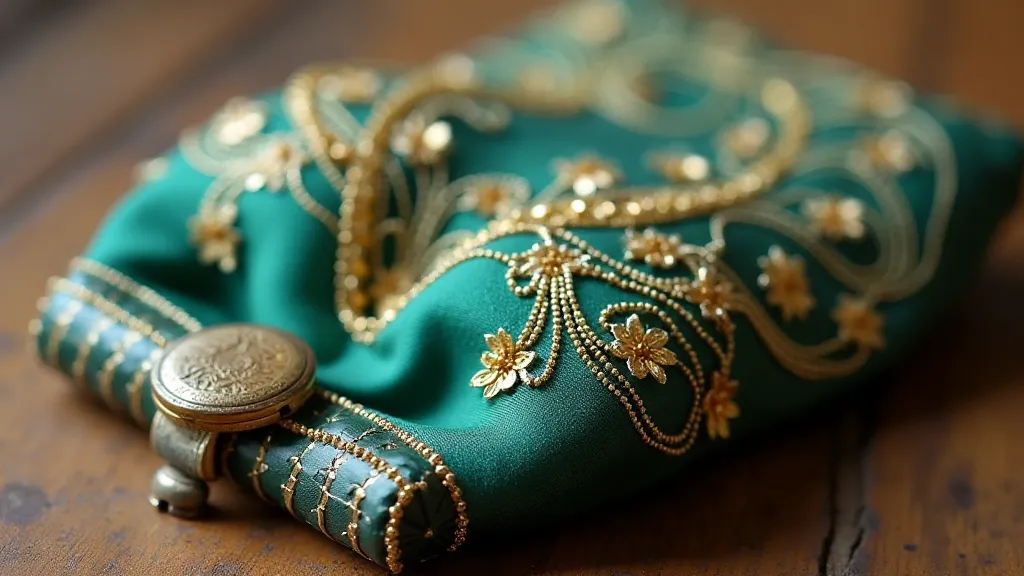
The scarcity of time and resources meant that every element was considered, every detail meticulously planned. The linings weren't simply functional; they were often made of luxurious fabrics that mirrored the exterior design. The hardware wasn't just about functionality; it was often decorative, a testament to the overall aesthetic. This level of care and attention elevates these small accessories from mere utilitarian objects to miniature works of art. Sometimes, the beauty lies not just in the finished product, but in the story of the hands that created it. Those interested in learning more about the meticulous details of vintage artistry might appreciate exploring between the seams of bygone eras to truly understand the skill involved.
The Narrative Thread: History Woven into Fabric and Metal
Beyond the craftsmanship, the perceived value of a vintage coin purse is deeply intertwined with its historical context. A coin purse from the Art Deco period might evoke the glamour and exuberance of the Roaring Twenties. A coin purse from the 1940s, perhaps made from repurposed fabrics during wartime rationing, speaks to resilience and resourcefulness. Each era left its mark, influencing design, materials, and overall aesthetic. Understanding this historical backdrop adds layers of meaning and emotional resonance to the collecting experience.
I recall acquiring a small, leather coin purse bearing a faint, embossed logo – a stylized airplane. It wasn's particularly remarkable in its design, but I later discovered it had been issued to stewardesses during the early days of commercial aviation. Suddenly, that seemingly ordinary purse became a symbol of a revolutionary period in transportation, a connection to a world of adventure and optimism. It was a tangible link to a specific moment in history, making it far more valuable to me than its intrinsic material worth.
The Scarcity Factor: Rarity and the Psychology of Desire
The principle of scarcity is a powerful force in any collecting market. The rarer an item, the more desirable it becomes. But rarity isn’t always about the total number of items produced. It can also relate to the condition of surviving examples, the presence of original packaging, or the existence of unique variations. A coin purse made with a particular material that has since become obsolete, or a purse with a rare design detail, will command a higher price due to its limited availability.
However, the psychology of scarcity extends beyond simple supply and demand. The perception of rarity can be influenced by marketing, media attention, and even the opinions of influential collectors. A coin purse that is featured in a popular magazine or showcased in a prestigious exhibition may suddenly become more sought-after, driving up its price. This phenomenon highlights the subjective nature of value – what one person considers rare and desirable, another may dismiss as commonplace.
Consider the power of an origin story. A coin purse discovered in a historic estate sale, accompanied by documentation suggesting it belonged to a famous figure, would invariably attract significantly more interest and command a higher price, regardless of its inherent design or condition. The narrative thread, the story associated with the object, becomes an integral part of its perceived value. The fleeting nature of fashion and the shifting tides of fortune are often reflected in these delicate objects. Examining how these purses mirrored broader societal changes is like glimpsing within shifting fortunes.
The Gentle Art of Restoration: Preserving the Past
Restoration is a delicate balance in the world of vintage collectibles. While cleaning and repairing damage can certainly enhance the appearance of a coin purse, it's crucial to approach the process with respect for its history and originality. Overly aggressive cleaning or extensive repairs can diminish the purse's value by obscuring its age and authenticity.
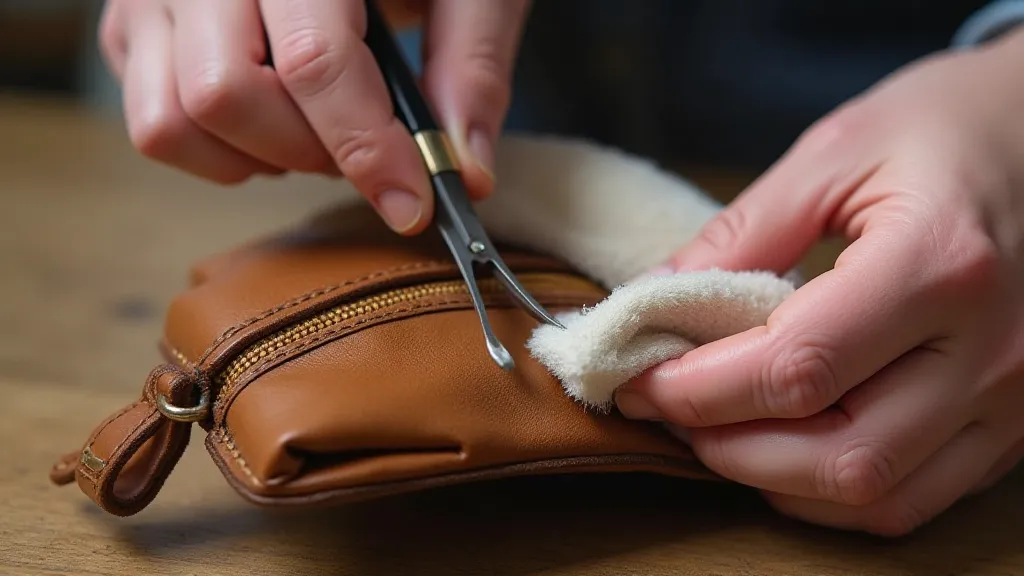
The goal of restoration should be to stabilize the object, prevent further deterioration, and present it in a condition that reflects its age and history. Minor repairs, such as replacing a broken clasp or reattaching a loose lining, can be beneficial, but more extensive alterations should be avoided unless absolutely necessary. Authenticity and provenance are paramount; maintaining these aspects is more valuable than achieving a flawless aesthetic. The intricate world of historical preservation extends to understanding the internal workings and stories held within these small treasures.
Beyond the Price Tag: The Intrinsic Rewards of Collecting
Ultimately, the value of a vintage coin purse transcends monetary worth. It lies in the connection we forge with the past, the appreciation we develop for the artistry of a bygone era, and the satisfaction of preserving a tangible piece of history. The thrill of the hunt, the joy of discovery, and the camaraderie of fellow collectors are all intrinsic rewards that enrich the collecting experience. These objects offer more than just aesthetic appeal; they offer a connection to the lives of those who once held them, a chance to feel a resonance with the past.
Collecting, at its core, is about more than just acquiring objects. It's about understanding the context in which they were created, appreciating the stories they tell, and preserving them for future generations. The world within these accessories can often feel vast and complex. For those curious about the broader context and nuances of historical collections, exploring the meticulous work of a curator's lament can provide deeper insights.
The "gilded cage" of perceived value, shaped by scarcity, history, and the psychology of desire, exists, but the true treasures lie in the stories these small objects hold, and the journey we undertake to uncover them. It's about more than just acquiring a coin purse; it's about connecting with a legacy of craftsmanship, resilience, and enduring beauty. It's about appreciating the echoes of lives lived, and the stories whispered within the confines of a small, often overlooked, treasure.
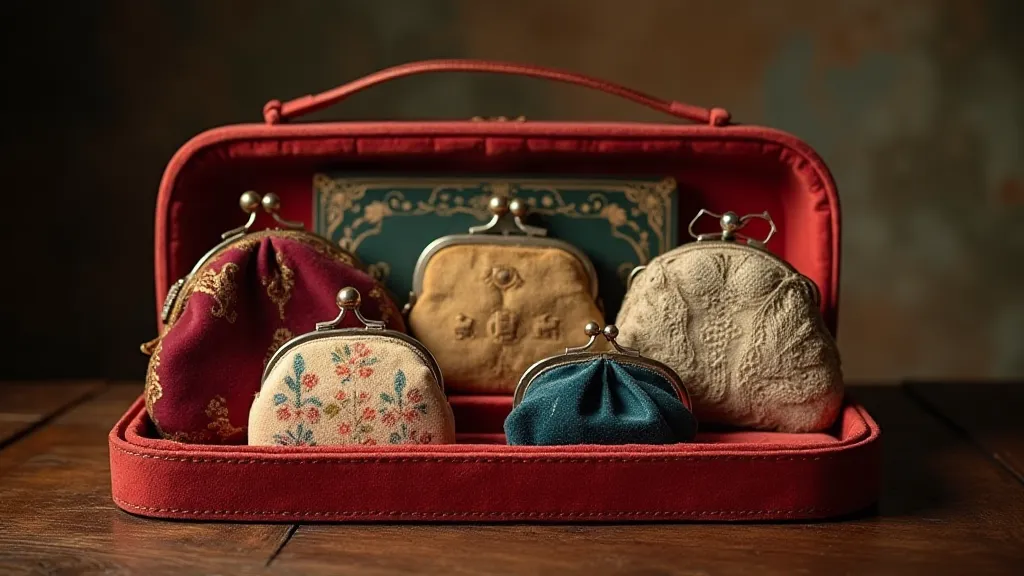
The ongoing journey of a collector is not simply about the items they possess, but about the knowledge, appreciation, and connections they forge along the way. Each discovery adds another layer to the understanding of a specific era, the people who lived through it, and the artistry that shaped their world. It is a journey that rewards patience, curiosity, and a deep respect for the past.
